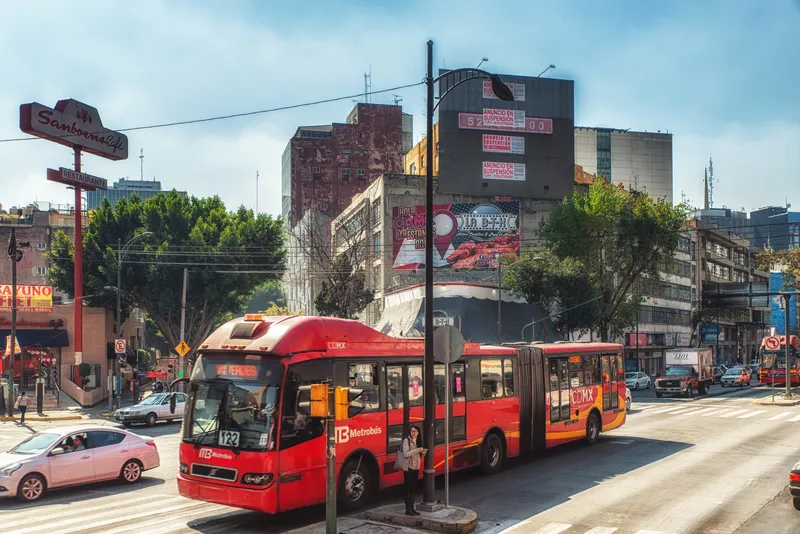Tomorrow’s engineers, inventors and transport system planners showed their ideas, visions and solutions for dealing with current and future transport challenges to delegates at this week’s ITS World Congress. Displays outside the main exhibition area included the Young Students Design Your Future Challenge, and the Victorian Model Solar Vehicle Challenge, with students from local primary and secondary schools working with Museum Victoria’s Scienceworks to present their ideas. Jonathan Shearer, Scienceworks’
October 12, 2016
Read time: 2 mins

Tomorrow’s engineers, inventors and transport system planners showed their ideas, visions and solutions for dealing with current and future transport challenges to delegates at this week’s 6456 ITS World Congress. Displays outside the main exhibition area included the Young Students Design Your Future Challenge, and the Victorian Model Solar Vehicle Challenge, with students from local primary and secondary schools working with Museum Victoria’s Scienceworks to present their ideas. Jonathan Shearer, Scienceworks’ STEM program co-ordinator, said the Design Your Future Challenge, asked students from four local schools to come up with ideas to make transport around Melbourne safer and more efficient.
“We had a whole bunch of good ideas, including proposals to redesign local bridges, robots directing traffic at dangerous intersections, maglev trains, and apps for more efficient transport planning.
“All these ideas have been presented at the concept stage during the World Congress,” said Shearer.
Also on show were working models from the Model Solar Vehicle Challenge, an annual national competition where students work with engineers to design and build their own solar powered vehicles. These displays and demonstrations are part of the World Congress every day until Friday.
“We had a whole bunch of good ideas, including proposals to redesign local bridges, robots directing traffic at dangerous intersections, maglev trains, and apps for more efficient transport planning.
“All these ideas have been presented at the concept stage during the World Congress,” said Shearer.
Also on show were working models from the Model Solar Vehicle Challenge, an annual national competition where students work with engineers to design and build their own solar powered vehicles. These displays and demonstrations are part of the World Congress every day until Friday.










